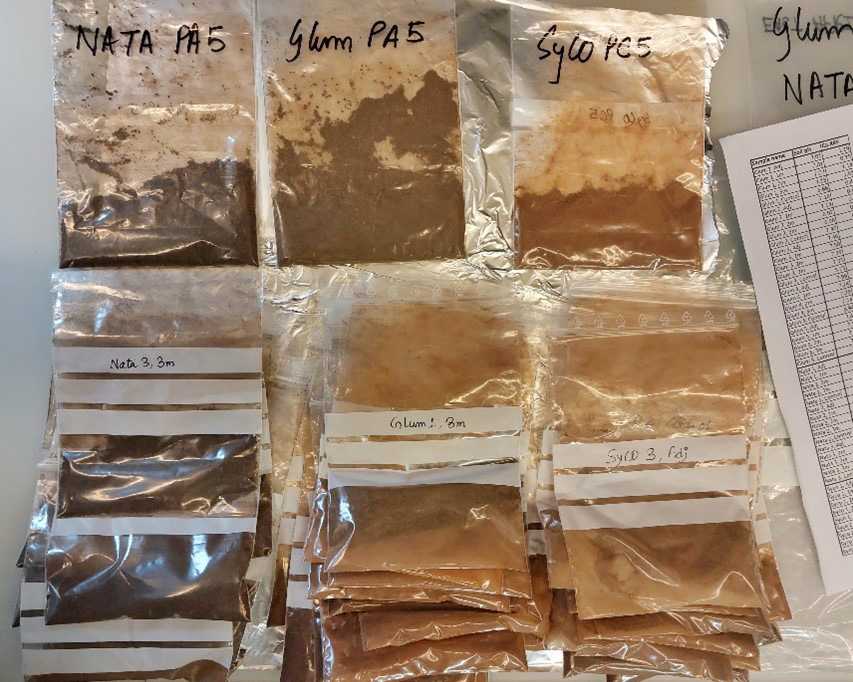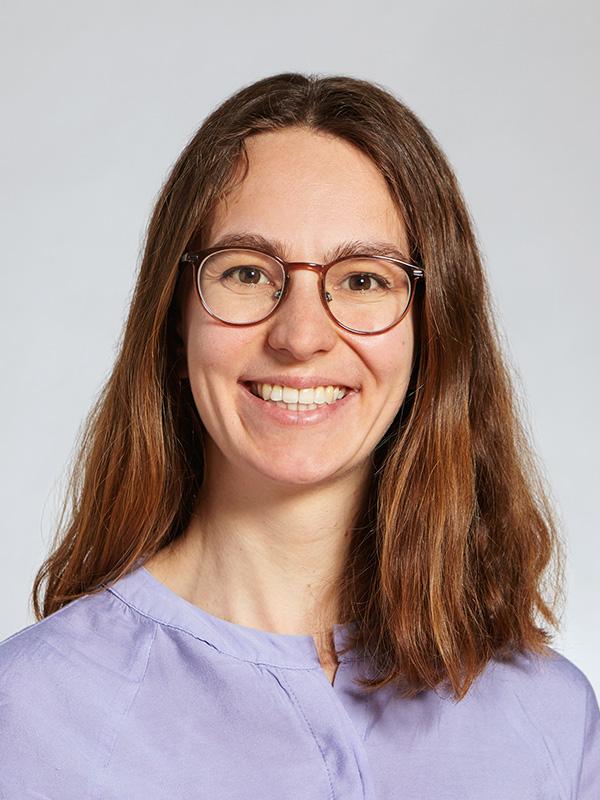Earth Ecosystem Dynamics
The Earth Ecosystems Dynamics group aims to understand changes in Earth’s ecosystems on geological timescales. We use chemical fossils (so-called lipid biomarkers) from geological archives to reconstruct both climate and ecosystem parameters, such as temperature, precipitation, land use changes, and eutrophication.
Soil systems – Changes in soil fertility through time, and impact on the amount and type of soil carbon

Increasing atmospheric CO2 concentrations can be seen as a plant fertilizer, increasing the amount of plant-derived organic matter produced. However, with other soil properties potentially limiting plant growth, the long-term impact of increasing CO2 concentrations on the amount and type of soil carbon is not known.
We aim to develop novel lipid biomarkers to trace mineral fertility and nitrogen fertility in soils. Can we find lipid compounds whose distribution can be linked to these soil parameters? If we succeed, these tools will be applied in downcore soil profiles, to reconstruct changes in soil fertility through time. Linking this to the type and amount of soil carbon, will allow to say whether soil fertility has been limiting soil carbon, over a timescale of 11ka.
To further constrain the fate of soil carbon with time, we also test lipid biomarkers for microbial methane production and consumption in wetland systems.
Lake systems – The interplay between climate, human impacts, and the carbon cycle
Freshwater systems record the past variability of microbes, algae, and remains from plants and animals in their sediments. By looking at the distribution of their chemical fossils, as well as their isotopic composition, we can determine how climate has impacted the freshwater system and ecosystem.
We have a focus on testing and applying biomarker lipid ratios for temperature reconstruction (specifically GDGTs), and on the development of novel biomarker lipid approaches, for instance for lake water salinity.
Collaboration opportunities
Our research is multidisciplinary, combining methods and approaches from organic biogeochemistry with methods and approaches used in sedimentology and environmental microbiology. We apply our methods on traditional geological archives (sediments and sedimentary rocks), but also experiment with new geological archives, such as soil profiles, buried palaeosoils, river, and canal sediments.
Currently active collaborations use GDGTs as a biomarker for palaeoclimate in lacustrine sediments and buried palaeosoils (i.e. lakes from Ethiopia, Romania, Chile, Switzerland, Mongolia, Schotland). Please get in touch if you think brGDGTs or other lipid biomarkers could add to the interpretation of your dataset.
Contact
Professur für Biogeowissenschaften
Sonneggstrasse 5
8092
Zürich
Switzerland

Prof. Cindy De Jonge has taken up the Assistant Professorship of Earth Ecosystem Dynamics at ETH Zurich on 1 August 2023.